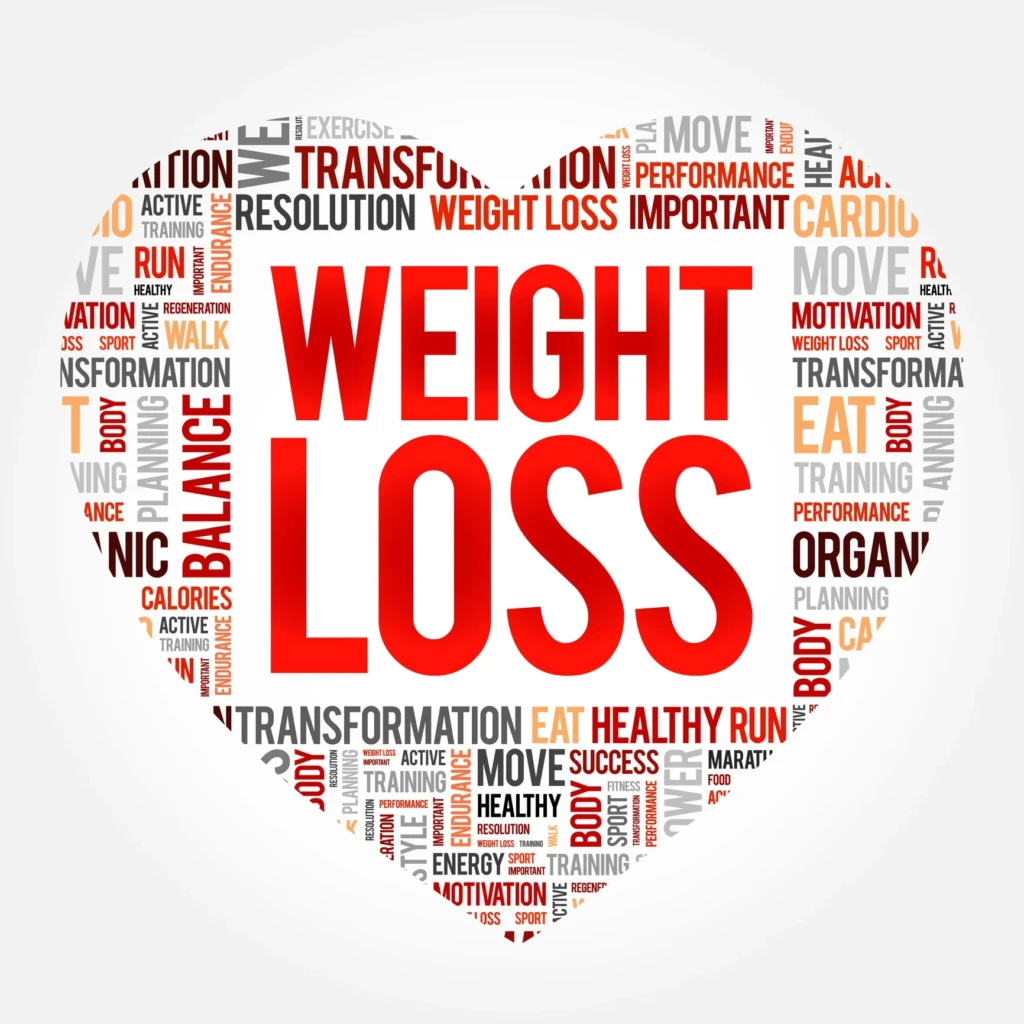
Understanding the Basics of Weight Loss
The concept of Weight Loss Guidelines revolves around the principles of energy balance, which is defined by the relationship between caloric intake and expenditure. To achieve weight loss, an individual must create a caloric deficit, meaning they consume fewer calories than their body burns in a given period. This deficit prompts the body to utilize stored fat as an energy source, leading to weight loss. Understanding this basic principle is essential for anyone looking to shed excess pounds.
Metabolism plays a critical role in the weight loss process. It refers to the biochemical processes through which the body converts food into energy. The basal metabolic rate (BMR), which represents the number of calories the body requires to maintain basic physiological functions at rest, constitutes a significant portion of total calorie expenditure. Factors such as age, gender, body composition, and hormonal balance contribute to individual differences in metabolic rates. Consequently, these differences can influence how effectively one can lose weight.
The composition of an individual’s diet also significantly impacts weight loss. Consuming a balance of macronutrients—proteins, carbohydrates, and fats—is crucial for maintaining overall health while losing weight. Each of these components has varying effects on satiety, thermogenesis, and energy expenditure. For instance, protein tends to promote a feeling of fullness more effectively than carbohydrates or fats, which can be advantageous for those pursuing weight loss goals.
Moreover, individual differences further complicate the weight loss journey. Factors such as genetics, lifestyle, and psychological aspects play a substantial role in how weight loss is achieved and maintained. A personalized weight loss strategy, taking into account these variables, can enhance the likelihood of success. Overall, understanding these foundational elements is essential for anyone embarking on a weight loss journey, as they provide the groundwork for effective and sustainable strategies.
Setting Realistic Weight Loss Goals
Setting realistic weight loss goals is pivotal for anyone embarking on a weight loss journey. An essential first step in this process is to determine a healthy weight range, which can be influenced by various factors including age, gender, and body composition. Understanding these parameters allows individuals to set goals that are not only achievable but also tailored to their unique circumstances.
One effective method for establishing these goals is by applying the SMART criteria. This stands for Specific, Measurable, Achievable, Relevant, and Time-bound, attributes that assist individuals in defining their weight loss objectives clearly. For instance, rather than stating a general goal such as “I want to lose weight,” a SMART goal would be “I aim to lose 10 pounds in three months by exercising four times a week and eating a balanced diet.” This kind of specificity not only outlines the path but also makes the goal quantifiable and easier to track.
Moreover, acknowledging the psychological aspects of weight loss is essential in maintaining motivation. The weight loss journey can often be challenging, and setting realistic goals helps in cultivating a sense of accomplishment, which can fuel further progress. It is crucial to celebrate small milestones along the way, as these victories can provide the motivation needed to continue through challenging phases. Engaging with supportive communities, whether online or in-person, can also help keep individuals motivated and accountable in their weight loss endeavors.
In conclusion, establishing realistic weight loss goals through a personalized approach and by utilizing the SMART criteria allows individuals to stay focused and motivated throughout their journey. This strategy not only aids in promoting healthier lifestyle changes but also enhances the overall well-being of those aiming for weight loss.
Creating a Balanced and Sustainable Diet Plan
When embarking on a journey towards weight loss, crafting a balanced and sustainable diet plan is paramount. A well-structured diet incorporates the right proportions of macronutrients—proteins, fats, and carbohydrates—as well as essential micronutrients like vitamins and minerals. Each macronutrient plays a crucial role in maintaining bodily functions and determining overall health while supporting weight loss efforts. For instance, proteins are vital for muscle repair and growth, fats support hormone production, and carbohydrates provide energy for daily activities.
In choosing between whole foods and processed foods, it is beneficial to prioritize whole foods. These foods, which include fruits, vegetables, whole grains, and lean proteins, are less likely to contain added sugars, unhealthy fats, and preservatives, making them more conducive to weight loss. Processed foods, often high in calories yet low in nutrients, can hinder your progress. Whole foods are not only nutrient-dense but also contribute to satiety, helping to control hunger levels effectively.
Meal prepping is another essential strategy for successful weight loss. By planning and preparing meals in advance, individuals can ensure that they have healthy options readily available, reducing the temptation to opt for unhealthy alternatives. Establishing healthy eating habits is vital for long-term success. This includes practicing portion control, which can be achieved by using smaller plates and mindful eating techniques, such as listening to your body’s hunger cues and savoring each bite.
Keeping a food journal can also be an instrumental tool in monitoring your dietary habits. By recording what you eat, you can identify patterns, evaluate portion sizes, and make necessary adjustments to optimize your weight loss efforts. These strategies, when combined, create a pathway towards a balanced diet that not only supports weight loss but can also be maintained over time, contributing to overall health and well-being.
Incorporating Exercise for Effective Weight Management
Physical activity plays a crucial role in achieving successful weight loss and maintaining overall health. Engaging in regular exercise not only helps to burn calories but also enhances cardiovascular fitness, builds muscle strength, and improves flexibility. Different forms of exercise cater to various fitness levels and preferences, ensuring that individuals can find an enjoyable routine that aligns with their lifestyle.
Aerobic exercises, such as walking, running, cycling, and swimming, are particularly effective for weight loss. These activities elevate the heart rate and increase calorie expenditure. Engaging in aerobic workouts for at least 150 minutes per week is recommended for optimal health benefits. Furthermore, strength training exercises, which include lifting weights or performing bodyweight movements, are essential for building lean muscle mass. Muscle tissue burns more calories at rest than fat, therefore incorporating strength training at least twice a week can aid significantly in weight management.
Flexibility workouts, such as yoga and stretching, contribute to overall well-being and can be seamlessly integrated into a fitness routine. These types of exercises improve posture, decrease the risk of injury, and enhance recovery after more intense workouts. It is important for individuals to recognize the necessity of varying exercise types to maintain interest and prevent burnout.
As one embarks on an exercise journey, starting slowly and gradually increasing the intensity of workouts is essential. This approach minimizes the risk of injury and allows the body to adapt effectively. Additionally, identifying activities that bring joy can encourage consistent participation. Beyond structured workouts, remaining active throughout the day, such as taking stairs instead of elevators or walking during breaks, contributes to overall energy expenditure and promotes a healthy lifestyle. Embracing physical activity in its various forms is vital not only for weight loss but also for long-term health and well-being.
